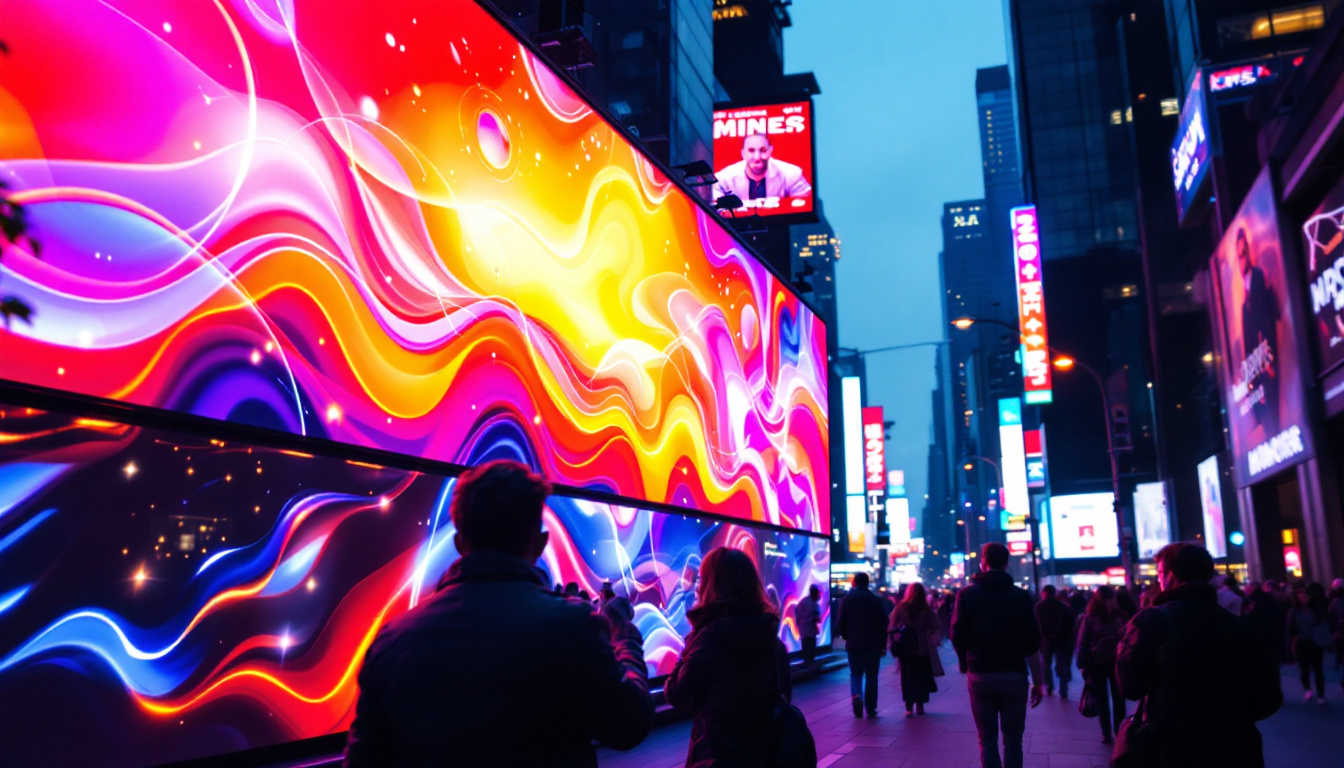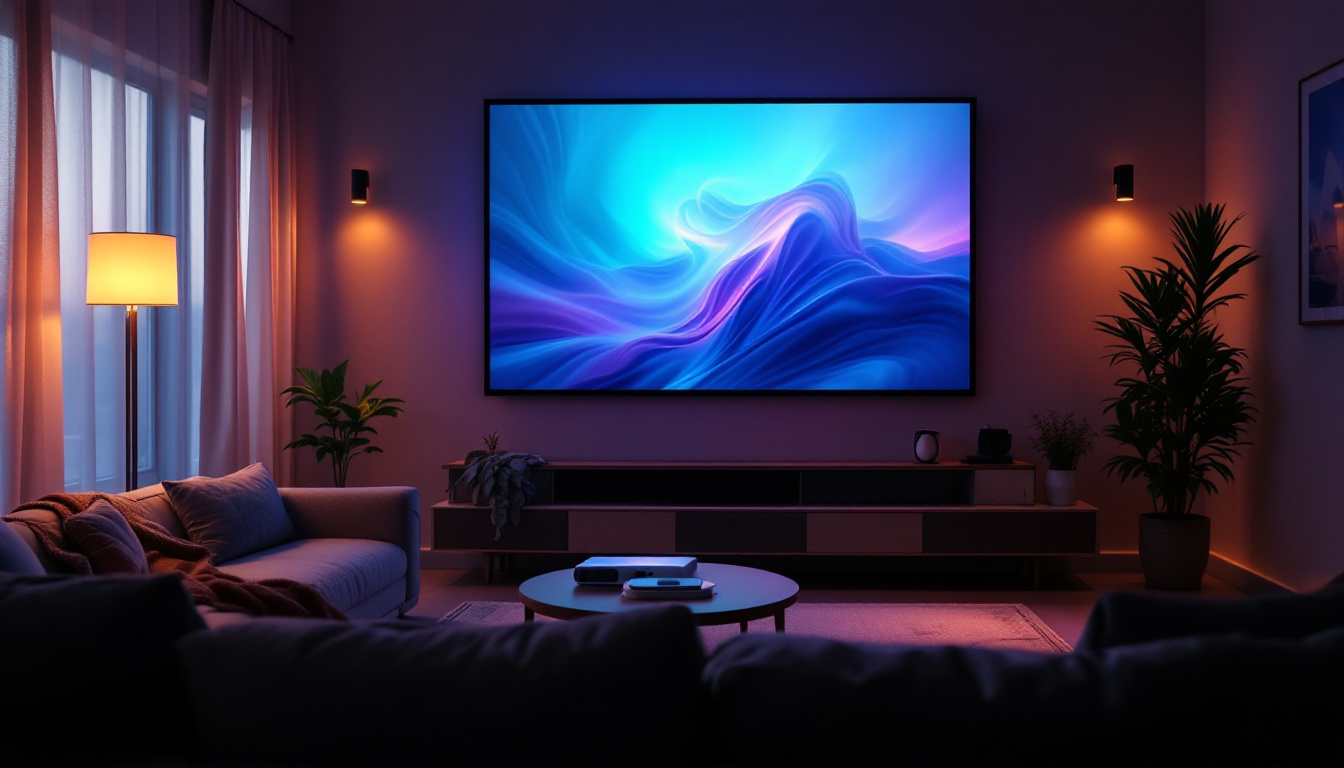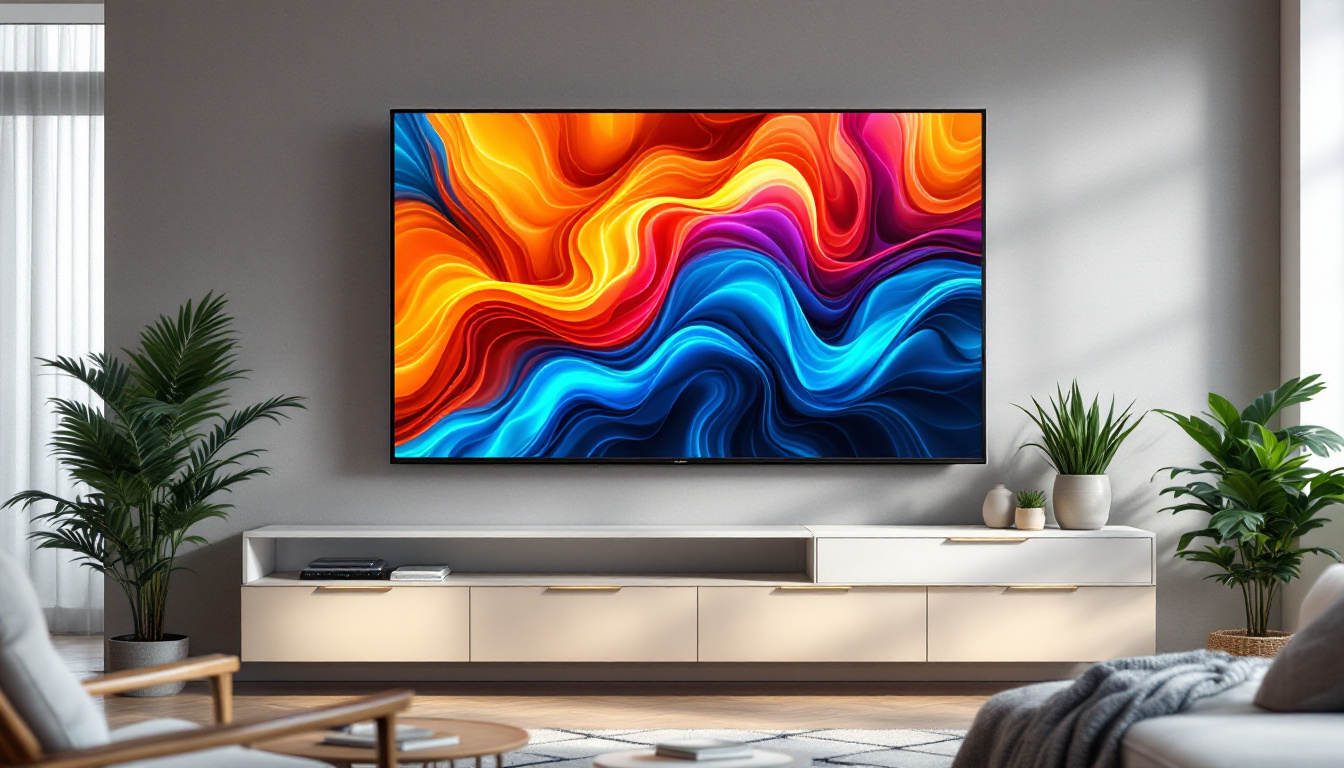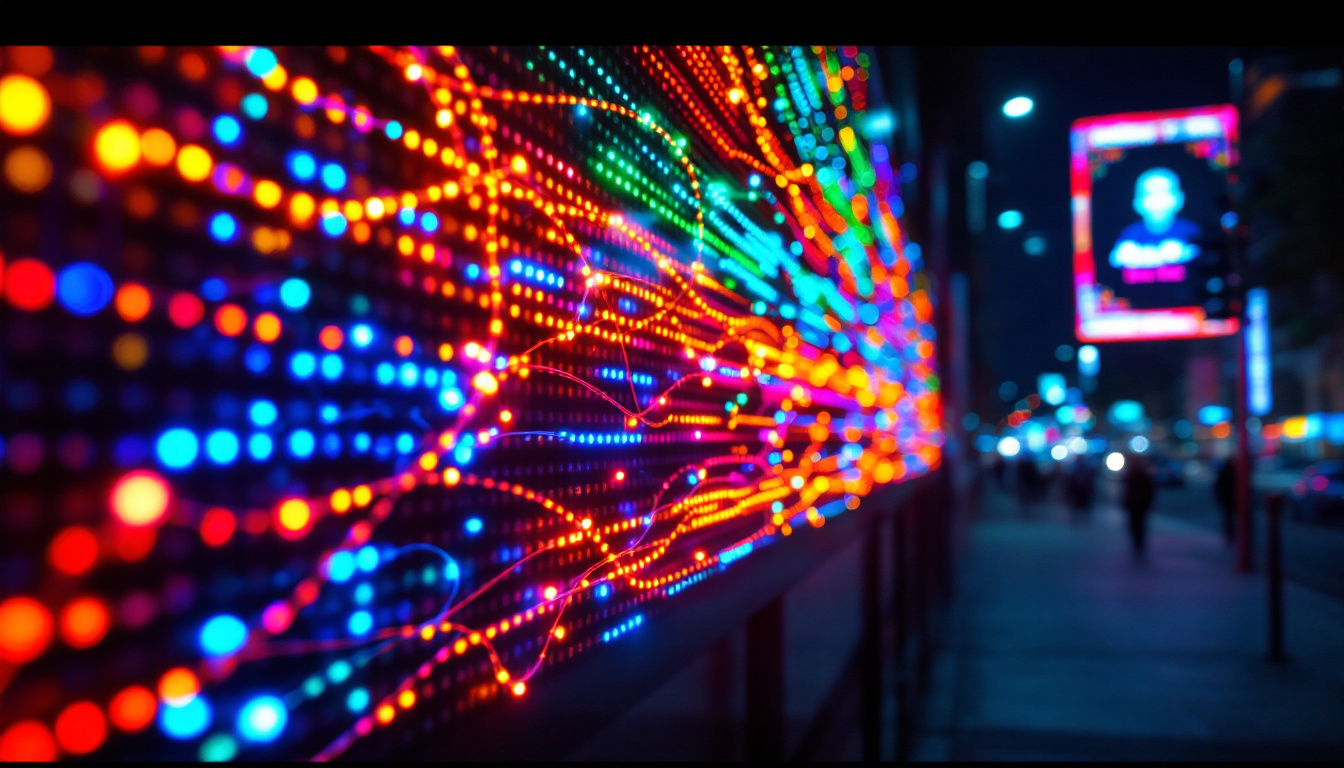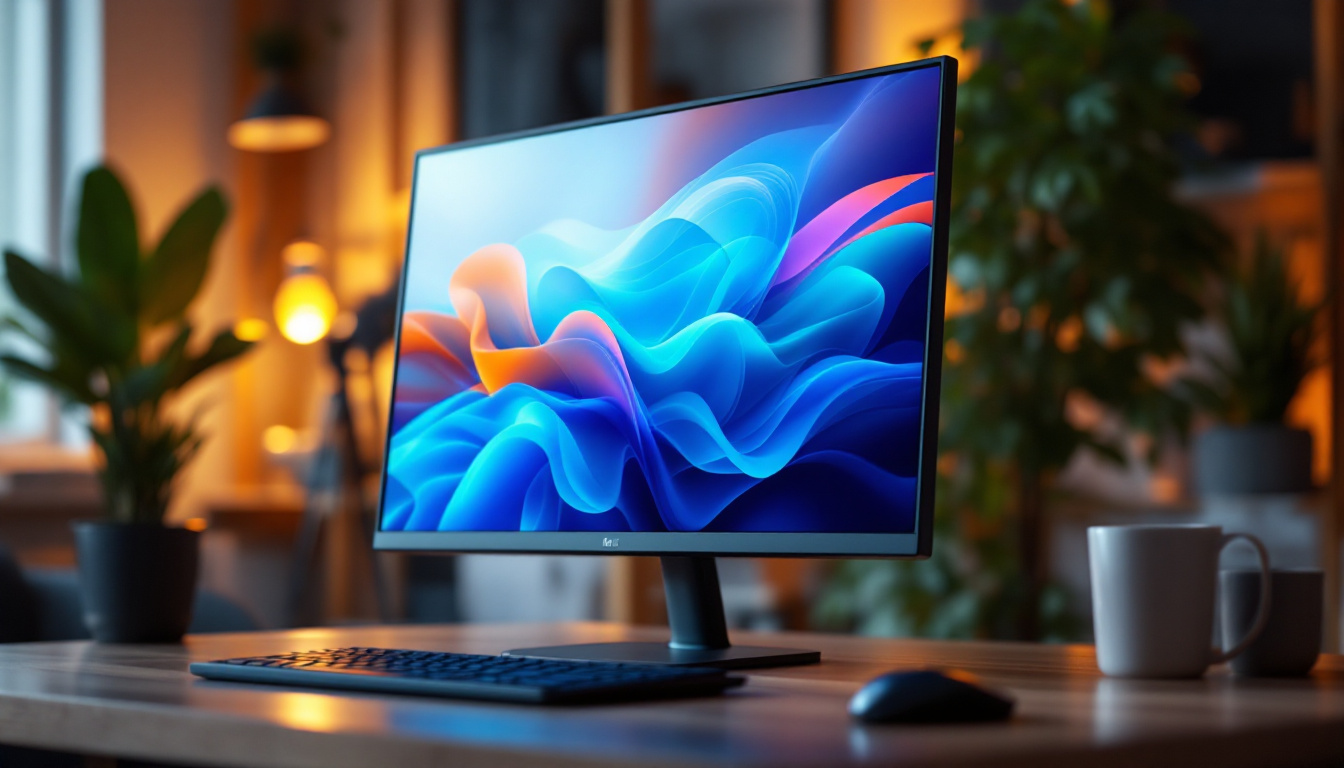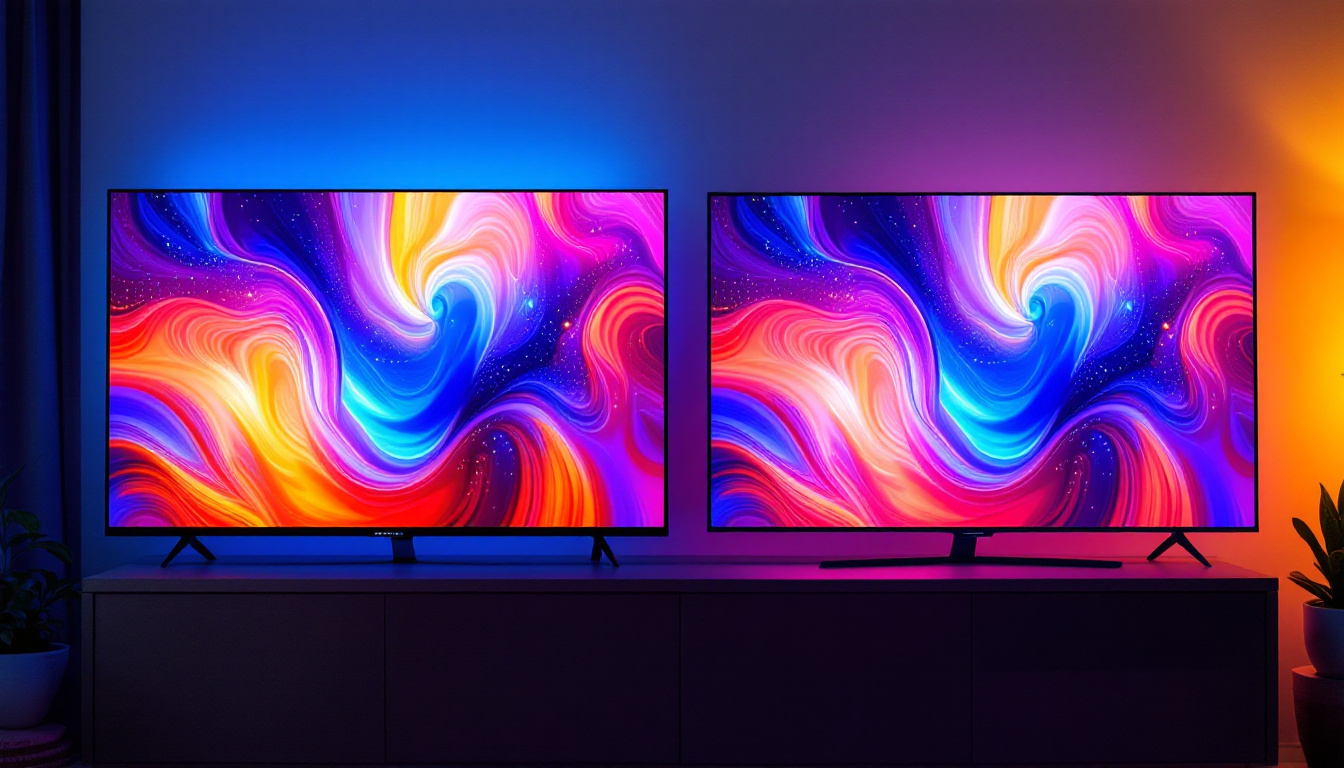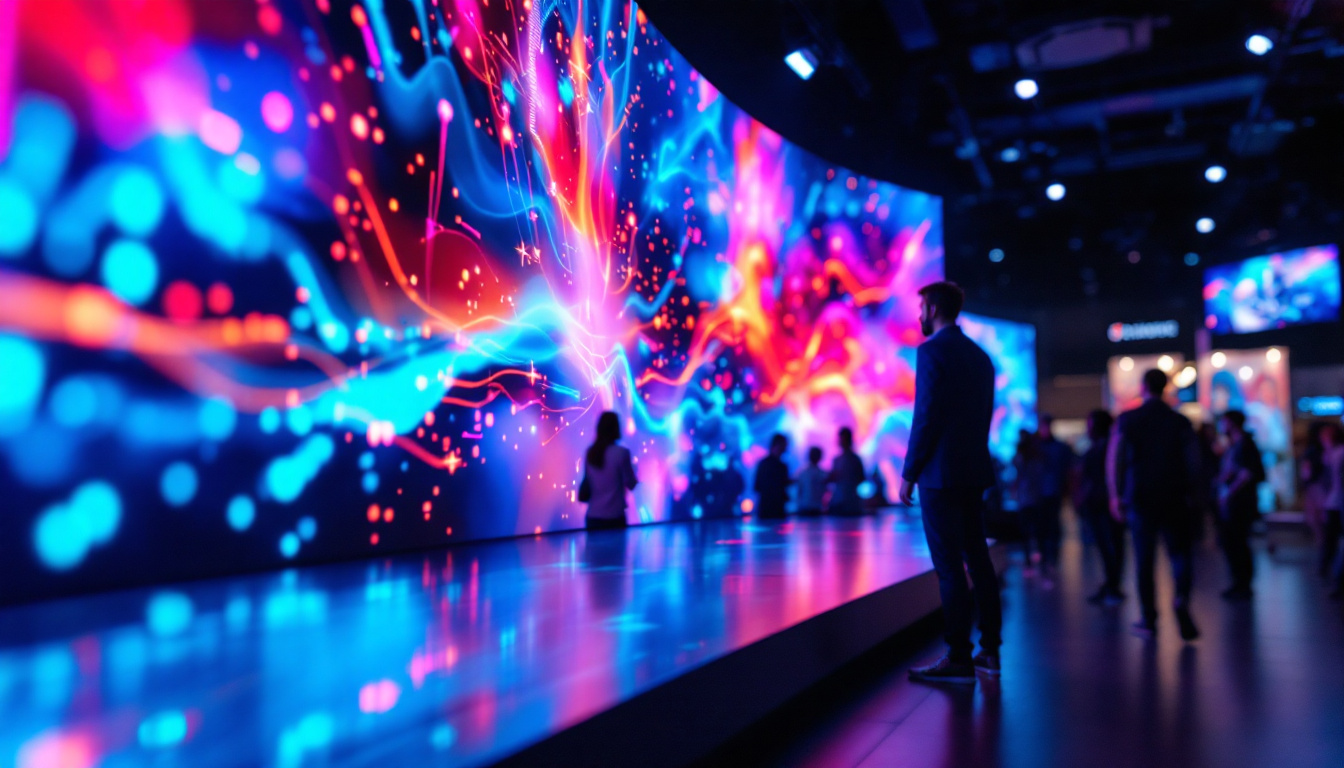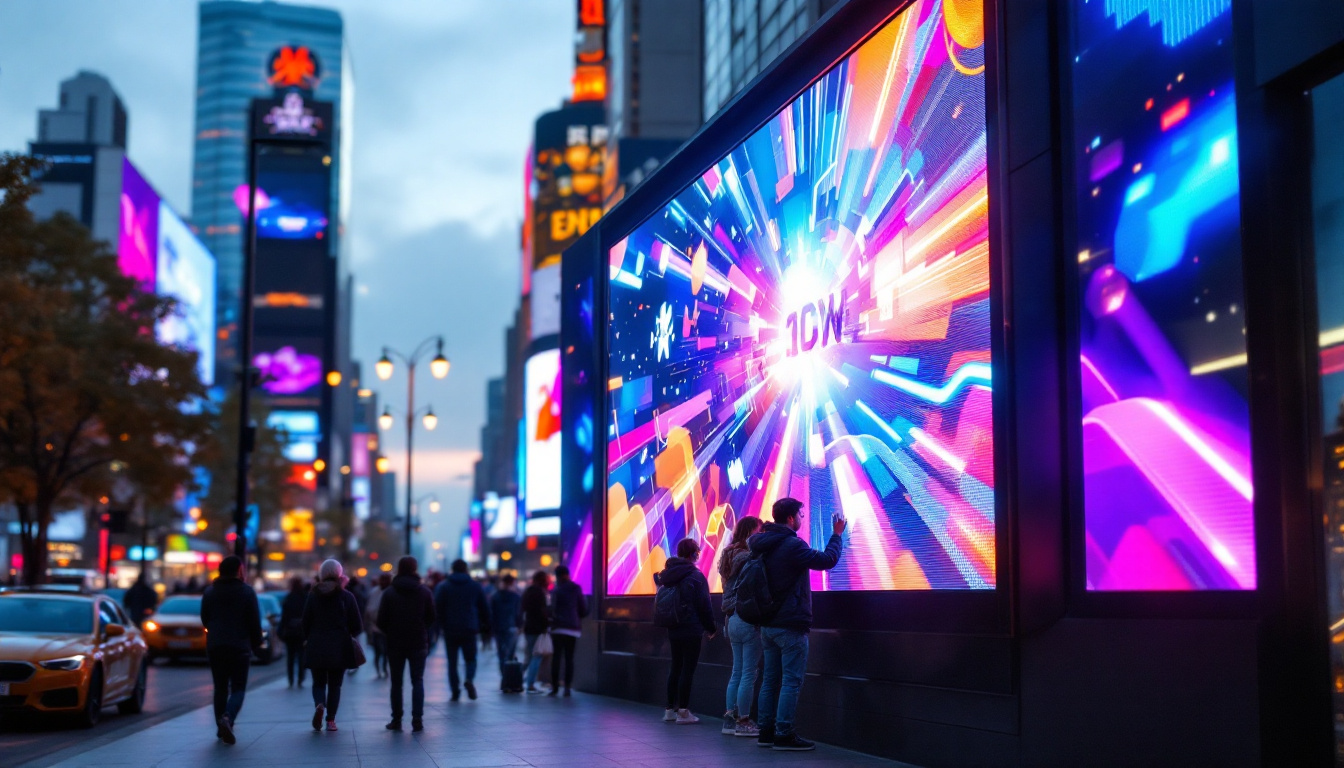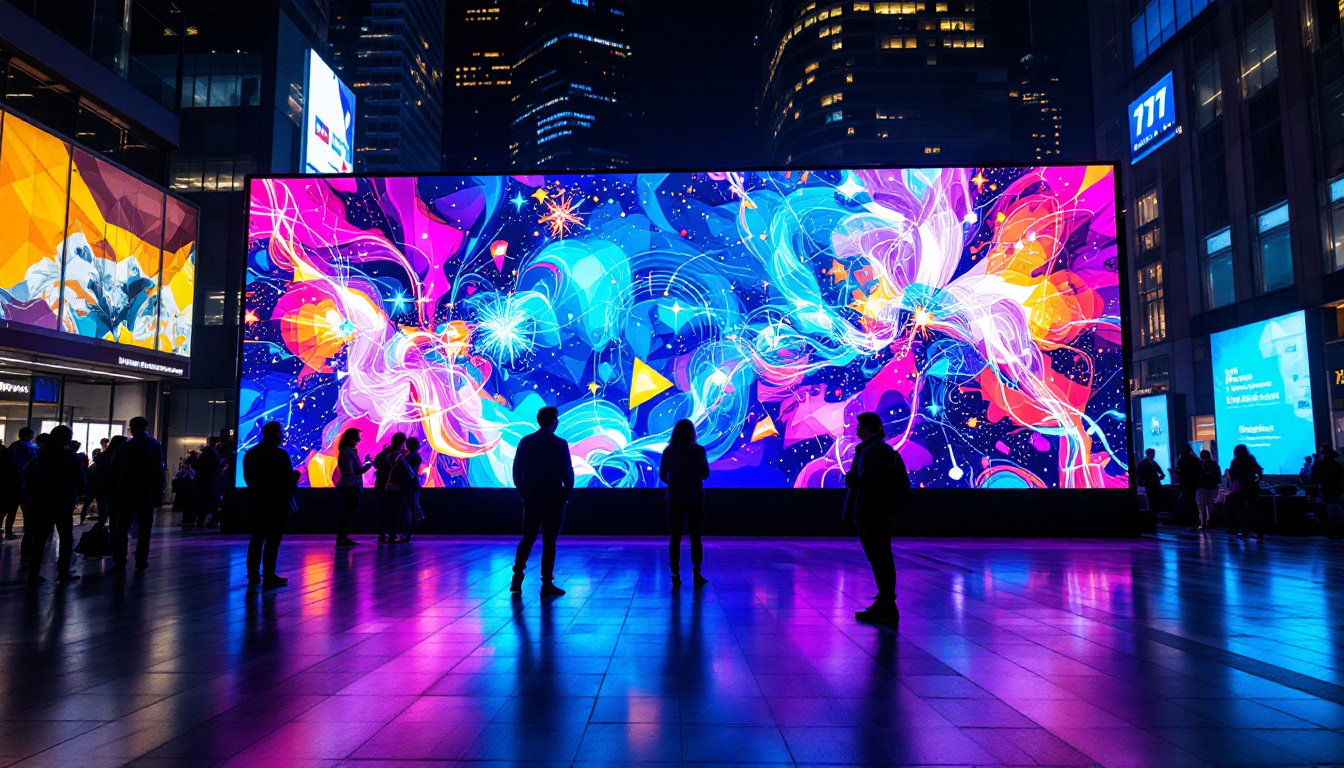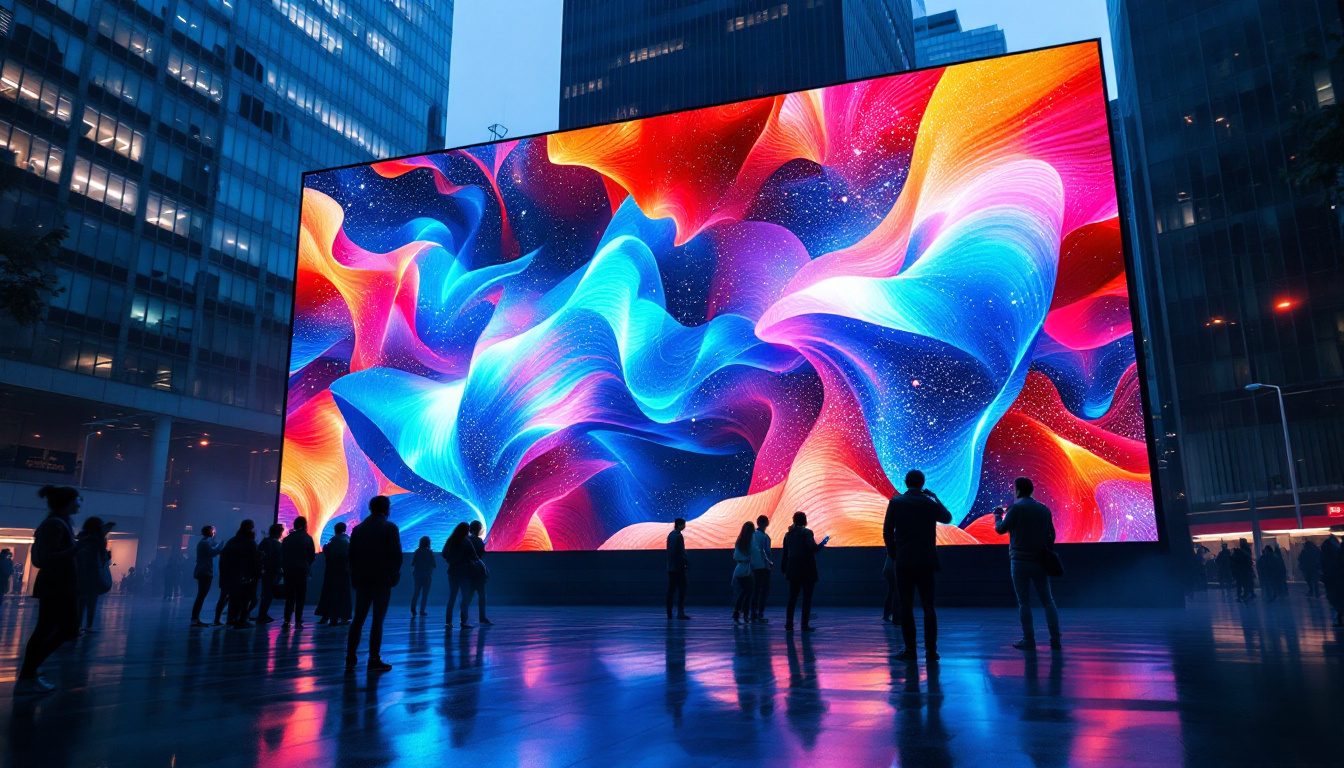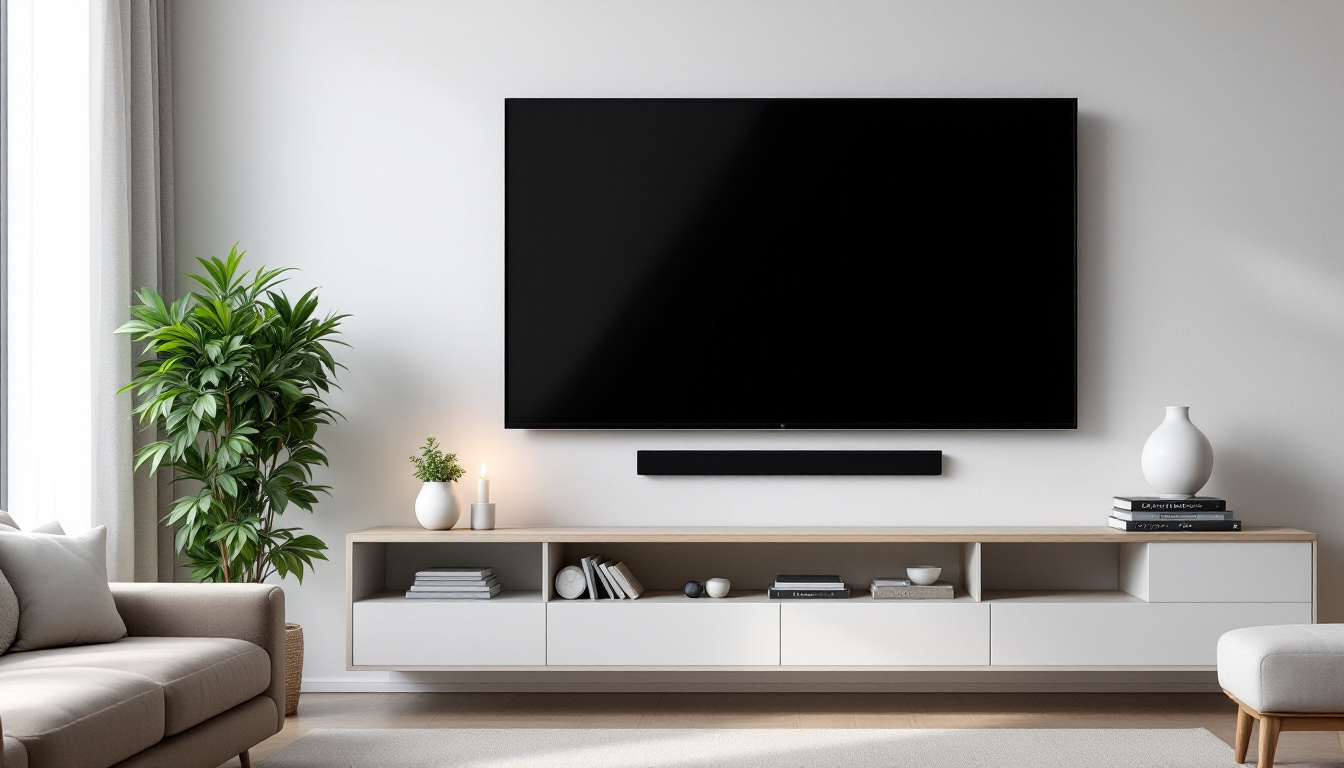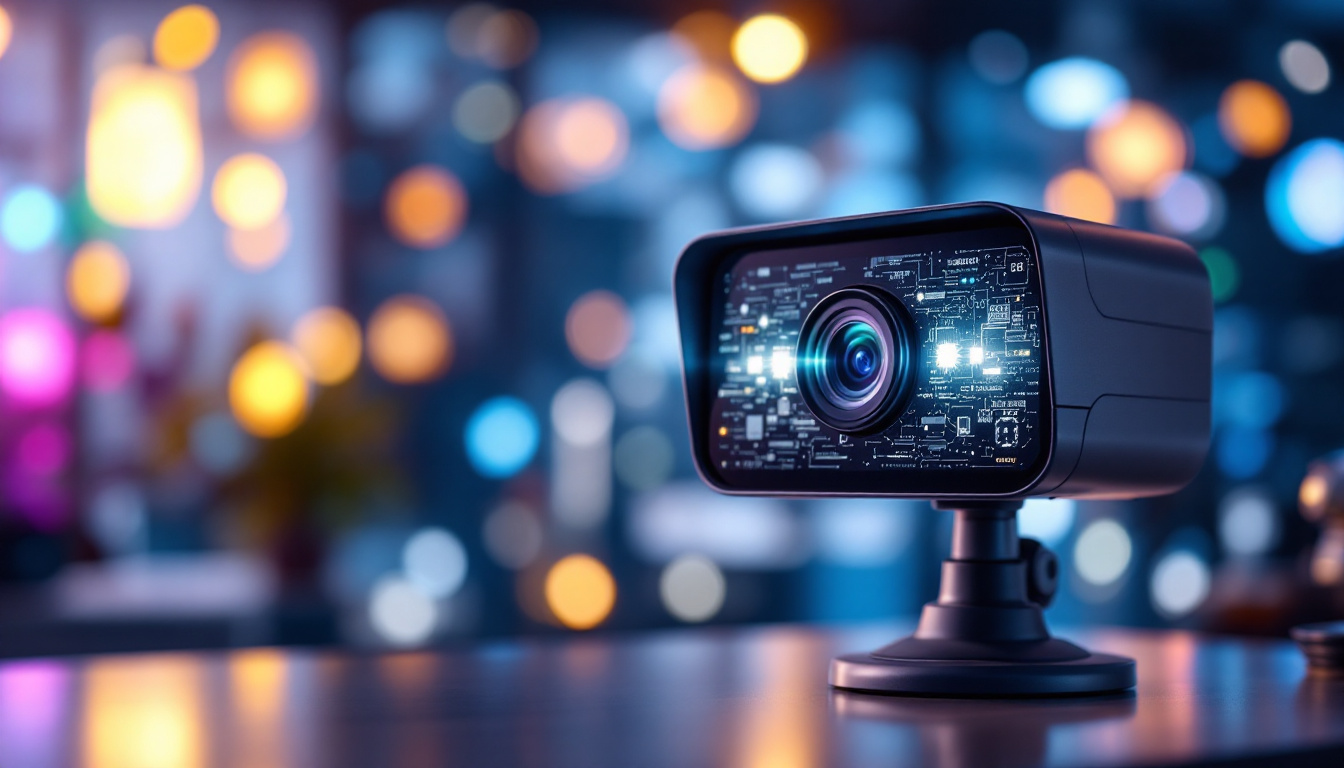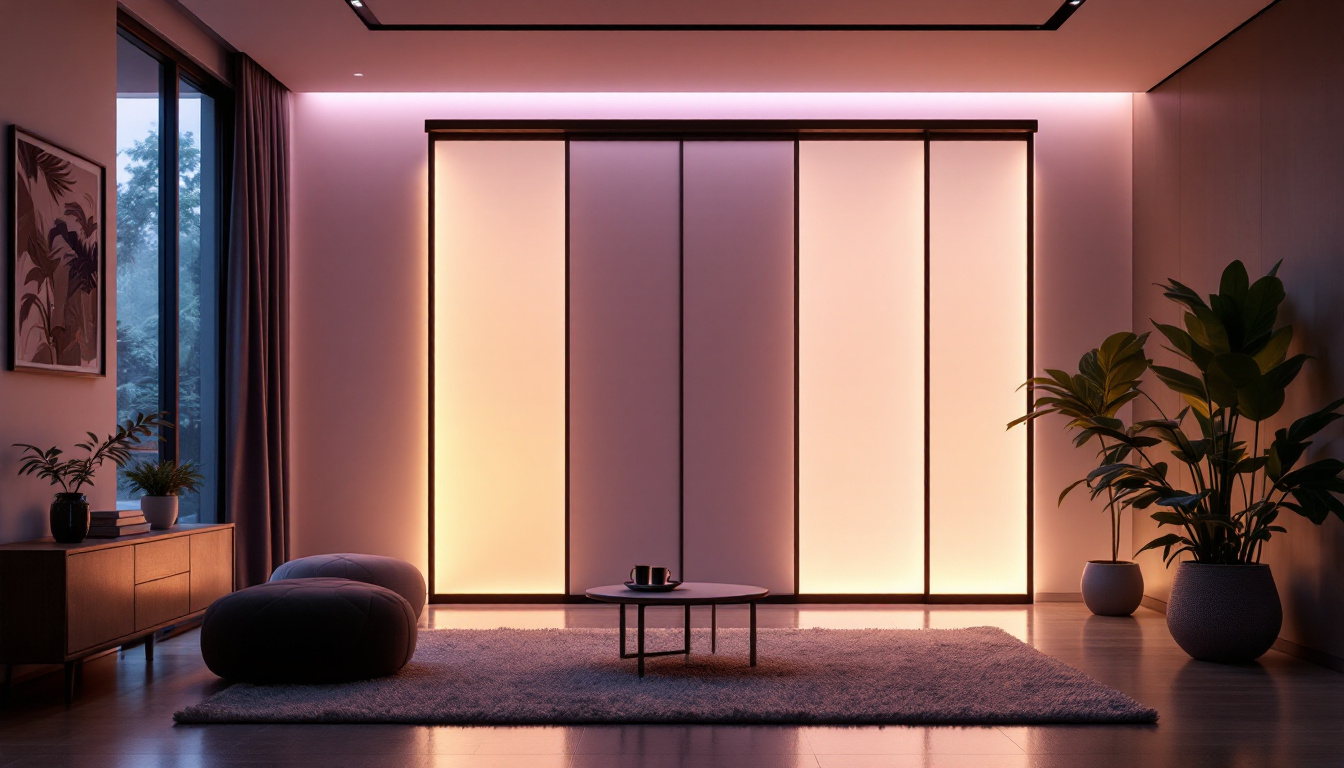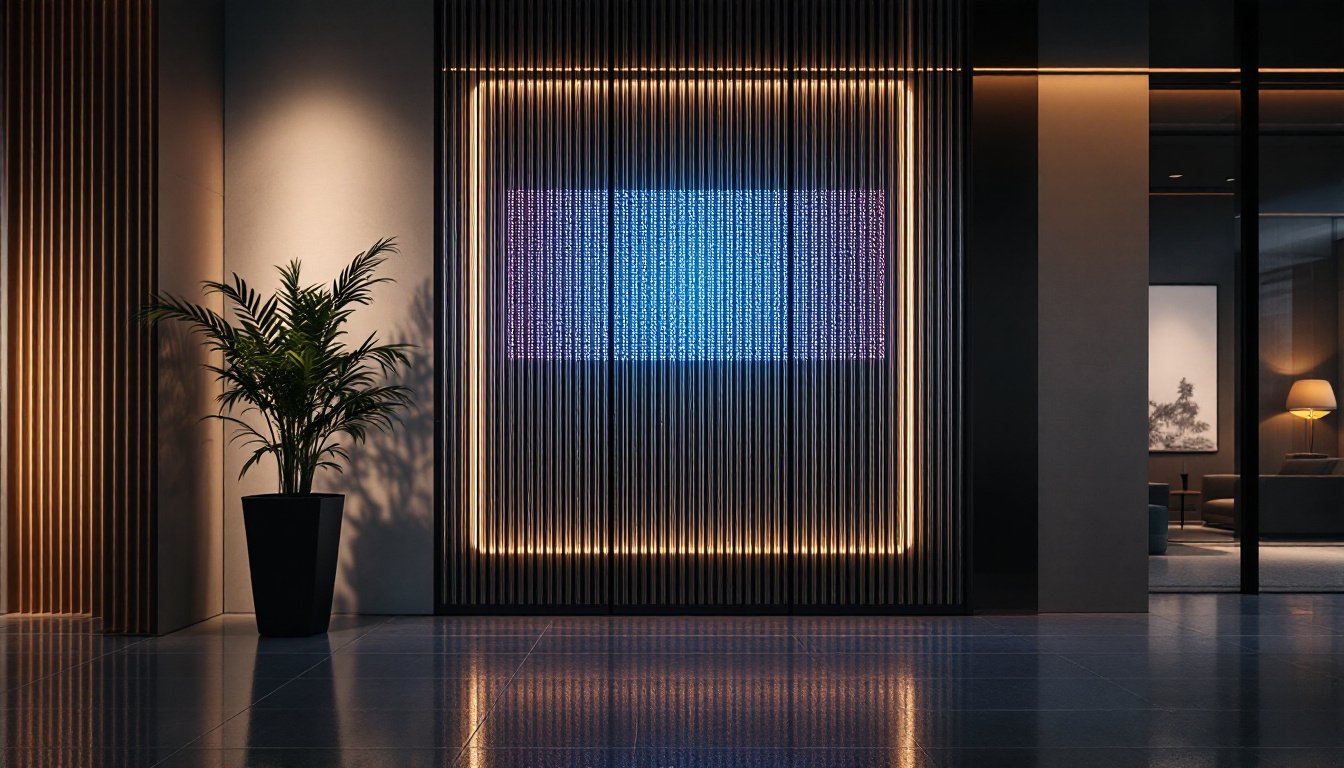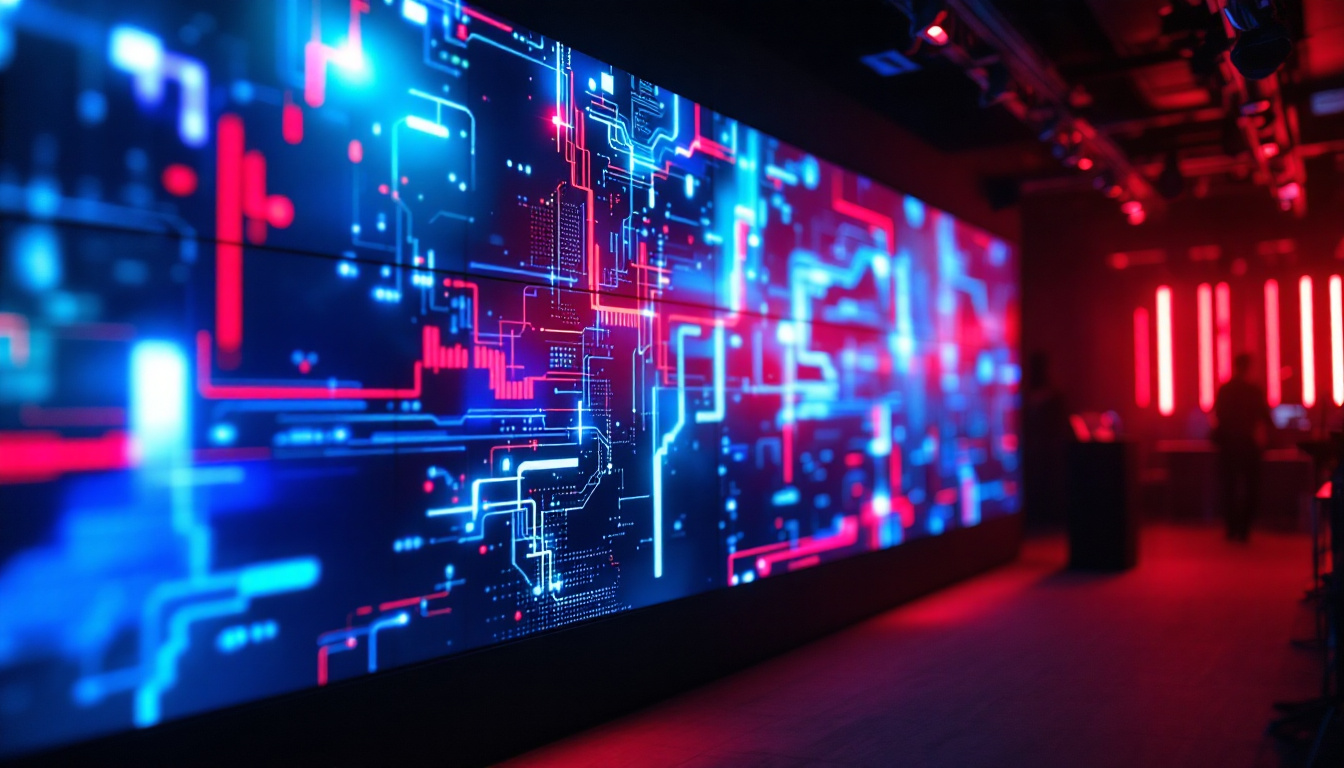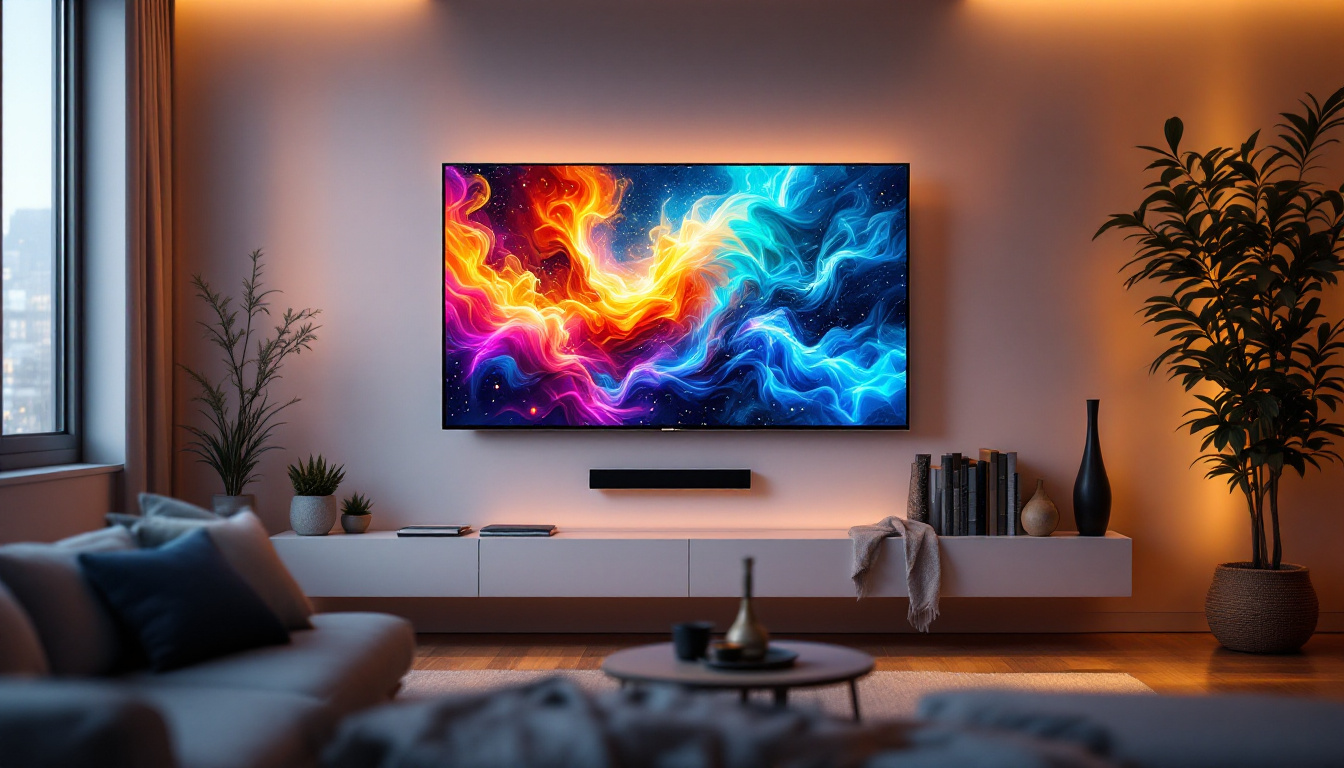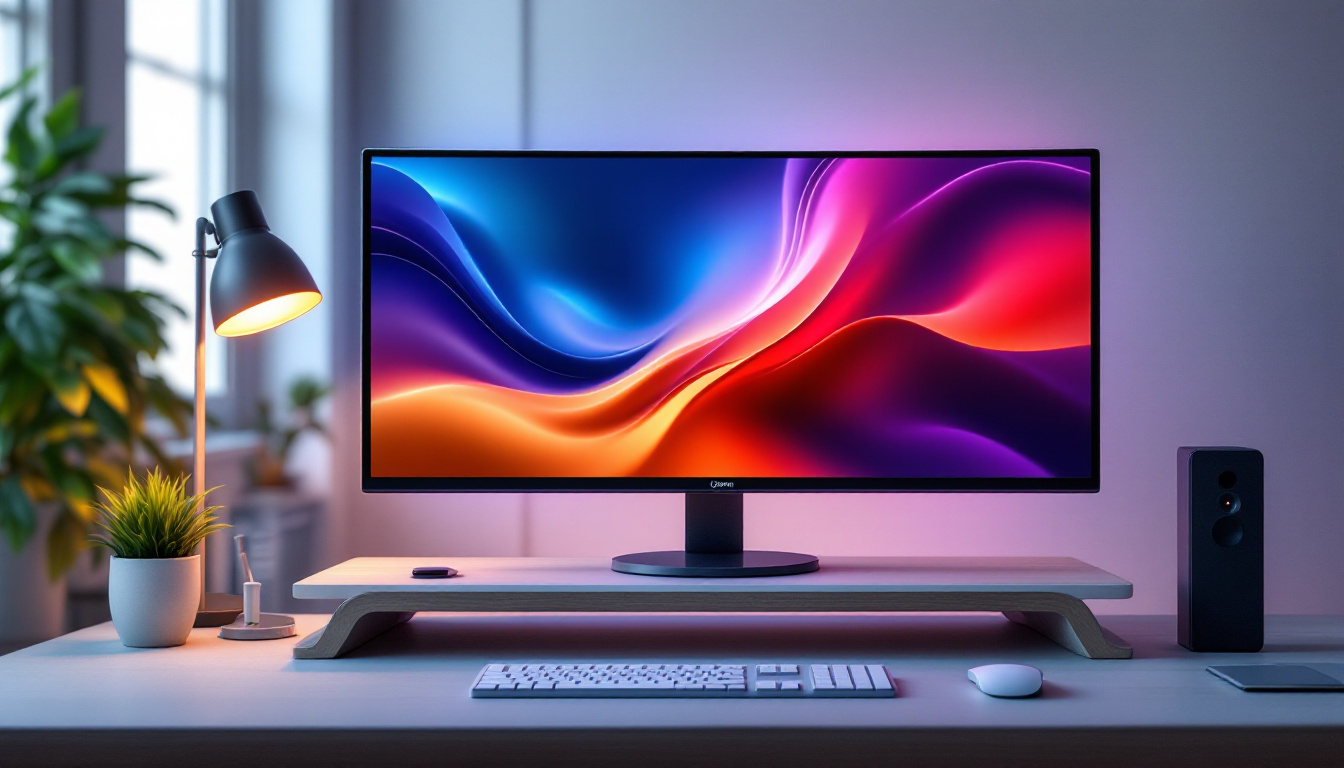In the modern era of technology, touch display screens have become ubiquitous, serving as the primary interface for a wide range of devices, from smartphones to large interactive kiosks. Among the various technologies that power these screens, LED (Light Emitting Diode) displays stand out for their efficiency, brightness, and versatility. This article delves into the intricacies of touch display screens, focusing on LED technology and its applications.
Understanding Touch Display Technology
Touch display technology combines the functionality of a display screen with the interactivity of touch input. This dual capability allows users to engage with devices in a more intuitive manner. The basic principle involves detecting touch gestures, which can be translated into commands for the device. As a result, users can navigate through applications, browse the web, and interact with multimedia content in a way that feels natural and immediate, bridging the gap between the physical and digital worlds.
Types of Touch Technologies
There are several types of touch technologies available, each with its own advantages and disadvantages. The most common types include resistive, capacitive, and infrared touch screens. Understanding these differences is crucial for both consumers and manufacturers, as the choice of technology can significantly impact the overall user experience.
Resistive touch screens operate by detecting pressure applied to the screen. They are typically less expensive and can be used with gloves or styluses. However, they may not offer the same clarity and responsiveness as other technologies. This makes them suitable for certain applications, such as industrial environments or kiosks, where durability and cost-effectiveness are prioritized over visual fidelity.
Capacitive touch screens, on the other hand, utilize the electrical properties of the human body to detect touch. This technology provides a more responsive and clearer display, making it the preferred choice for smartphones and tablets. The multi-touch capability of capacitive screens allows for gestures like pinch-to-zoom and swipe, which have become standard in modern user interfaces, enhancing the overall functionality and user engagement.
How Touch Screens Work
Touch screens work by employing a grid of sensors that detect touch input. When a user touches the screen, the sensors register the location of the touch and send this information to the device’s processor. The processor then interprets the input and executes the corresponding action, whether it be opening an app, scrolling through content, or typing on a virtual keyboard. This rapid processing is essential for maintaining a fluid user experience, especially in applications that require quick responses, such as gaming or video conferencing.
In LED displays, the integration of touch technology enhances user experience by allowing for direct interaction with visual content. This seamless combination of display and input technology has revolutionized how users engage with digital devices. Moreover, advancements in touch technology, such as haptic feedback, are further enriching this interaction by providing tactile responses that mimic the sensation of pressing a physical button. As touch technology continues to evolve, we can expect to see even more innovative applications, from smart home devices to interactive educational tools, making our interactions with technology more immersive and engaging than ever before.
LED Display Technology: An Overview
LED displays are a type of flat panel display that uses light-emitting diodes as a source of illumination. These displays are known for their vibrant colors, high brightness, and energy efficiency, making them a popular choice for various applications. From large outdoor billboards to small handheld devices, LED technology has revolutionized the way we consume visual content, providing an immersive experience that captivates audiences.
How LED Displays Work
LED displays consist of an array of tiny light-emitting diodes that emit light when an electric current passes through them. These diodes are arranged in pixels, and each pixel can produce different colors by adjusting the intensity of the red, green, and blue (RGB) components. The precision with which these colors can be controlled allows for stunning visual effects, making LED displays ideal for dynamic content such as advertisements, video presentations, and live broadcasts.
The combination of these colors allows for the creation of a full spectrum of hues, resulting in vivid images and videos. Additionally, LED displays can be designed in various configurations, including flat panels, curved screens, and even flexible displays, catering to a wide range of applications. The flexibility of LED technology also enables innovative designs, such as transparent displays that can blend seamlessly into their surroundings, enhancing the aesthetic appeal of retail spaces and exhibitions.
Advantages of LED Displays
One of the most significant advantages of LED displays is their energy efficiency. Compared to traditional LCD screens, LED displays consume less power while providing superior brightness and contrast. This efficiency not only reduces electricity costs but also contributes to a smaller carbon footprint. As businesses and consumers alike become more environmentally conscious, the demand for energy-efficient technologies like LED displays continues to grow.
Furthermore, LED displays offer a longer lifespan than traditional display technologies. With proper care, an LED display can last for tens of thousands of hours, making it a cost-effective choice for both consumers and businesses. This durability is particularly beneficial for outdoor applications, where displays are subjected to harsh weather conditions. Additionally, LED technology is less prone to burn-in issues compared to older technologies, ensuring that images remain sharp and clear over time. As a result, LED displays are increasingly being adopted in settings ranging from sports arenas to corporate boardrooms, where reliability and performance are paramount.
Applications of Touch LED Displays
The versatility of touch LED displays has led to their adoption across various industries. From consumer electronics to commercial applications, these displays are transforming how information is presented and interacted with.
Consumer Electronics
In the realm of consumer electronics, touch LED displays are prevalent in smartphones, tablets, and laptops. The combination of touch sensitivity and vibrant visuals enhances user engagement, making it easier to navigate applications and content.
Smartphones, in particular, have benefited from this technology, allowing for intuitive gestures such as swiping, pinching, and tapping. This has not only improved user experience but has also led to the development of innovative applications that leverage touch capabilities.
Commercial Use Cases
Touch LED displays are increasingly used in commercial settings, such as retail environments and information kiosks. Interactive displays enable customers to browse products, access information, and even complete transactions without the need for staff assistance.
In retail, touch LED displays can be used for digital signage, showcasing promotions and advertisements while allowing customers to interact with the content. This interactivity can lead to increased customer engagement and sales.
Education and Training
In educational institutions, touch LED displays serve as powerful tools for interactive learning. Teachers can present information dynamically, allowing students to engage with content in real-time. This method fosters collaboration and enhances the learning experience.
Training programs also benefit from touch LED displays, as they can simulate real-world scenarios, providing hands-on experience in a controlled environment. This approach is particularly effective in fields such as healthcare and engineering.
Challenges and Considerations
While touch LED displays offer numerous benefits, there are challenges and considerations that must be addressed. Understanding these factors is essential for making informed decisions about their use.
Cost Factors
One of the primary challenges associated with touch LED displays is their cost. While prices have decreased over the years, high-quality touch LED displays can still be more expensive than traditional display technologies. This can be a barrier for smaller businesses or educational institutions with limited budgets.
However, as technology continues to advance and production processes improve, the cost of touch LED displays is expected to become more accessible over time.
Durability and Maintenance
Durability is another consideration, particularly in environments where displays may be subject to heavy use or potential damage. While LED displays are generally robust, touch screens can be vulnerable to scratches and cracks. Protective coatings and tempered glass can mitigate these risks, but they may add to the overall cost.
Regular maintenance is also essential to ensure optimal performance. Dust and fingerprints can affect touch sensitivity and display clarity, necessitating routine cleaning and care.
The Future of Touch LED Displays
The future of touch LED displays appears promising, with ongoing advancements in technology and design. Innovations such as flexible displays, improved touch sensitivity, and enhanced energy efficiency are on the horizon.
Emerging Technologies
Emerging technologies, such as OLED (Organic Light Emitting Diode) displays, are gaining traction and may complement or even replace traditional LED displays in certain applications. OLED technology offers superior color accuracy and contrast, making it an attractive option for high-end displays.
Moreover, advancements in touch technology, such as haptic feedback, are set to enhance the user experience further. Haptic feedback provides tactile sensations in response to touch, creating a more immersive interaction with the display.
Integration with Smart Technologies
As the Internet of Things (IoT) continues to expand, touch LED displays are likely to play a crucial role in smart home and smart office environments. Integration with smart devices will allow users to control lighting, temperature, and security systems directly from their displays.
This convergence of technologies will create a more cohesive and user-friendly experience, making touch LED displays a central hub for managing various aspects of daily life.
Conclusion
Touch display screens, particularly those utilizing LED technology, have transformed the way users interact with digital content. Their versatility, energy efficiency, and vibrant visuals make them a preferred choice across various industries. While challenges such as cost and durability exist, ongoing advancements in technology promise to address these issues and enhance the user experience.
As touch LED displays continue to evolve, they will undoubtedly play an integral role in shaping the future of technology, making interactions more intuitive and engaging than ever before. Whether in consumer electronics, commercial applications, or educational settings, the impact of touch LED displays is profound and far-reaching.
Discover LumenMatrix’s Innovative LED Display Solutions
Ready to elevate your visual experience with the latest in LED display technology? Look no further than LumenMatrix, a pioneer in crafting immersive LED displays that bring your content to life. Whether you’re looking to enhance your brand’s presence with an Indoor LED Wall Display, captivate passersby with an Outdoor LED Wall Display, or innovate with Custom LED Display solutions, LumenMatrix has you covered. Our mission is to transform visual communication, ensuring your message resonates with brilliance and precision. Don’t miss out on the opportunity to engage your audience like never before. Check out LumenMatrix LED Display Solutions today and step into the future of interactive digital signage.




